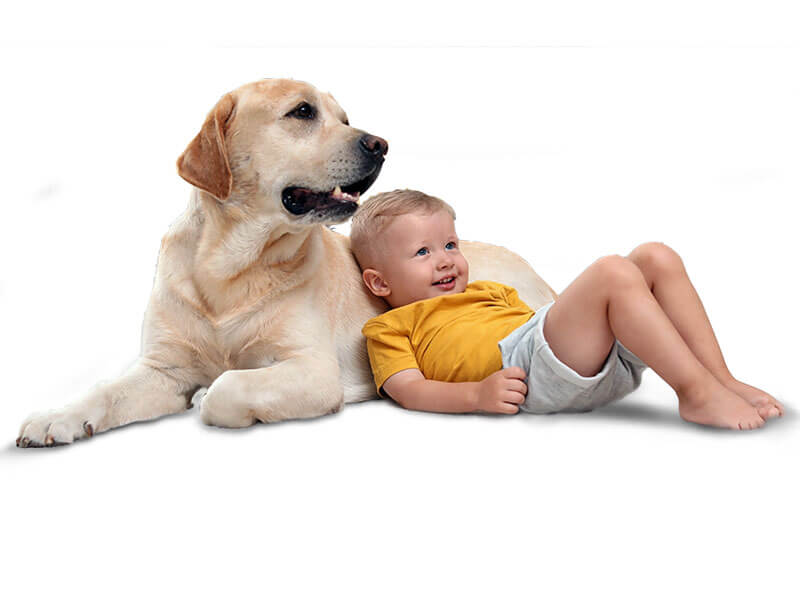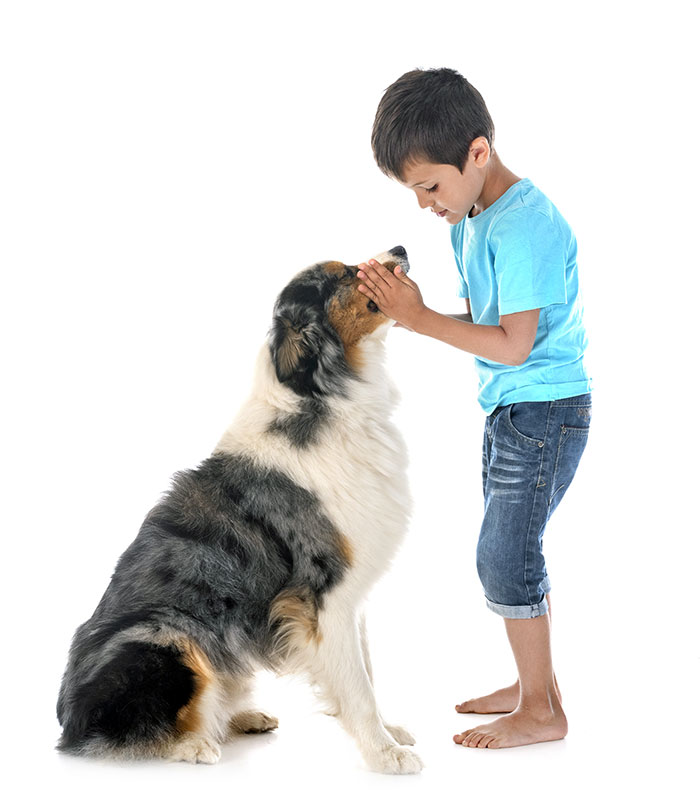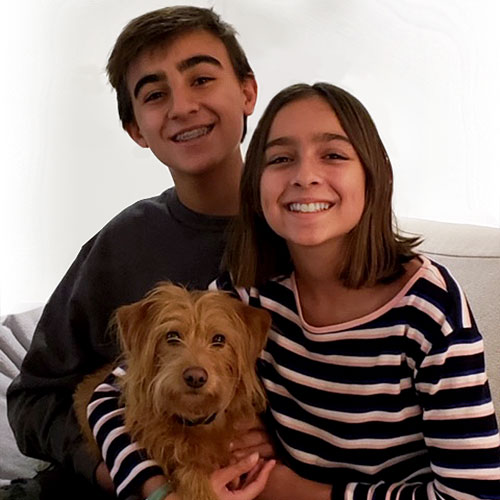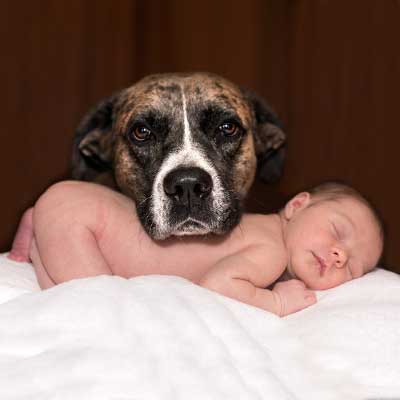
Striking the Right Balance
Depending on the age of the children and their abilities our trainer can incorporate kids at scheduled intervals into the training. Having your entire family on the same page is a key success factor when training your dog. We often work with parents first to establish goals and appropriate protocols then incorporate the kids into specific lessons. We work with your family and the various ages of the children, grandchildren or other children that visit to establish how to have safe and fun interactions with your dog.
Every household is different as is every dog. Dogs’ tolerance of children can vary greatly; Some dogs really like children, some dogs gradually warm up to having children around, some dogs are very uncomfortable around children (and may always be). You need to read your dog’s body language and make introductions slowly. Canine Path has a great deal of experience integrating dogs and children.
Consistency amongst family members will help your dog learn faster and usually decreases unwanted behaviors more quickly. Additionally, teaching children and parents how to safely interact with their own dog and other dogs they encounter is extremely important for the well being of humans and dogs! Listed below are a few guidelines to keep in mind when introducing kids and dogs:
- Kids will be kids and often do things that are annoying or unsafe in regards to a dog. NEVER leave any child under 12 or immature children unattended or unsupervised (this means keeping visual contact with the dog and child at all times) with ANY dog — not even your own — not even for a minute. Accidents can happen in a split second.
- Properly train children to move slowly and NOT RUN when around dogs they are not extremely familiar with. Children like to run and play and move in a way that can frighten a dog. If children are going to visit, and your dog isn’t used to them, first introduce the dog on a leash then after the initial greeting, put the dog away in a safe area away from strangers. You can slowly introduce the dog on a leash when the festivities calm down.
- It seems like common sense but does not let kids handle dogs roughly, hug them tightly, pull their tail or ears, scream loudly, carry food around, etc. You need to teach your children how to be kind to the dog.
Teach your child to read dog body language. A wagging tail does NOT always indicate that a dog is friendly so watch all the body language and remember, a dog who pulls away, cowers, growls, is stiff or has ‘hard eye’ is very likely to bite if touched.



